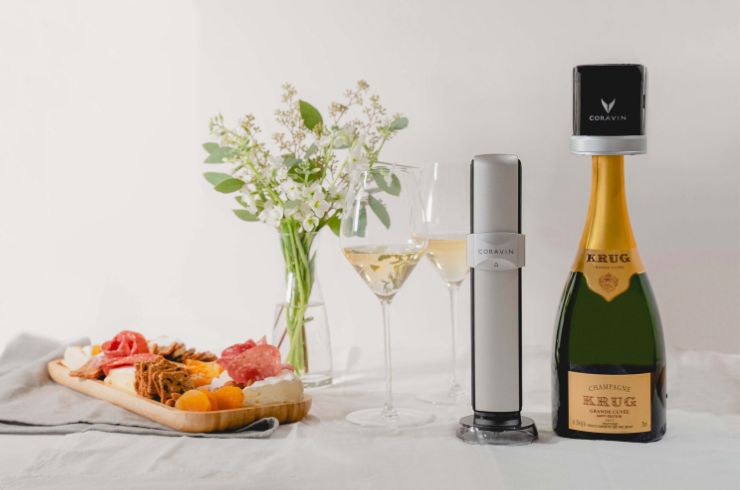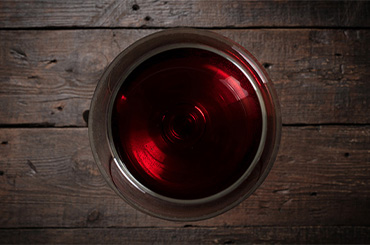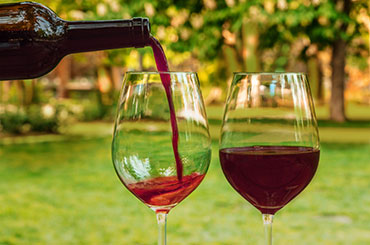If I was asked my favourite grape variety, I may strongly consider nebbiolo and would have blurted out ‘EASY, pinot noir!’ in a past life. But given the stylistic limitations of the former and the effete pandering to the latter – not to mention that very little of Burgundy’s finest wines come to Australia and when they do, are subject to nanny-state taxes and the sort of gushing reserved for wide-eyed fawners at a freak show – my response today is grenache.
 And yet grenache, while increasingly fashionable, causes anxiety among many Australian wine drinkers.
And yet grenache, while increasingly fashionable, causes anxiety among many Australian wine drinkers.
Negative perceptions of rich Australian wines in export markets are undoubtedly responsible. The result has been knee-jerk reactions among commentators and producers alike, giving foundation to misconstrued notions that lower alcohol is better. It often is, at least as far as promoting drinkability across easy-going wines. But the argument simply does not work with high-quality wines hewn of grenache, a physiological late-ripener hitting a sweet spot at around 14.5 per cent.
Grenache reaches its peak of brambly weight and svelte detail in the southern Rhone, home to its greatest iterations and one of the few fine wine regions of the world with relatively affordable, obtainable wines (in case you’re wondering, I believe the others to be Champagne and Piemonte, the latter another region with its best wines exceeding 14 per cent). Australia’s umbrage towards higher alcohol levels has resulted in prejudice against many of these great wines.
Spain may have its ornaments of edgy fashionability scattered across the Gredos; Australia its lauded replacements for shiraz in warmer zones. But grenache is never as fine as it is at Chateau Rayas and the estates of Henri Bonneau, Bois de Boursan and others in Chateauneuf du Pape, or at Domaine de l’Oratoire Saint Martin in Cairanne or Boissiere in Gigondas, to name just a few producers in the southern Rhone.
In this part of the Rhone, the grapes ripen across attenuated growing seasons before being extracted properly. The results are ripe tannins and natural acidity that curtail the alcohol, with a juicy core of extract. These properties define wines that are seriously compelling and deserving of time in the cellar, with McLaren Vale’s Yangarra High Sands Grenache boasting a comparable level of complexity and mettle of which we should be proud.
Admittedly, Australia’s warmer zones can face the issue of sugar ripening outpacing phenolic maturity. Better viticulture and site selection will go some way to rectifying this in the future.
 And yet grenache, while increasingly fashionable, causes anxiety among many Australian wine drinkers.
And yet grenache, while increasingly fashionable, causes anxiety among many Australian wine drinkers. Negative perceptions of rich Australian wines in export markets are undoubtedly responsible. The result has been knee-jerk reactions among commentators and producers alike, giving foundation to misconstrued notions that lower alcohol is better. It often is, at least as far as promoting drinkability across easy-going wines. But the argument simply does not work with high-quality wines hewn of grenache, a physiological late-ripener hitting a sweet spot at around 14.5 per cent.
Grenache reaches its peak of brambly weight and svelte detail in the southern Rhone, home to its greatest iterations and one of the few fine wine regions of the world with relatively affordable, obtainable wines (in case you’re wondering, I believe the others to be Champagne and Piemonte, the latter another region with its best wines exceeding 14 per cent). Australia’s umbrage towards higher alcohol levels has resulted in prejudice against many of these great wines.
Spain may have its ornaments of edgy fashionability scattered across the Gredos; Australia its lauded replacements for shiraz in warmer zones. But grenache is never as fine as it is at Chateau Rayas and the estates of Henri Bonneau, Bois de Boursan and others in Chateauneuf du Pape, or at Domaine de l’Oratoire Saint Martin in Cairanne or Boissiere in Gigondas, to name just a few producers in the southern Rhone.
In this part of the Rhone, the grapes ripen across attenuated growing seasons before being extracted properly. The results are ripe tannins and natural acidity that curtail the alcohol, with a juicy core of extract. These properties define wines that are seriously compelling and deserving of time in the cellar, with McLaren Vale’s Yangarra High Sands Grenache boasting a comparable level of complexity and mettle of which we should be proud.
Admittedly, Australia’s warmer zones can face the issue of sugar ripening outpacing phenolic maturity. Better viticulture and site selection will go some way to rectifying this in the future.





